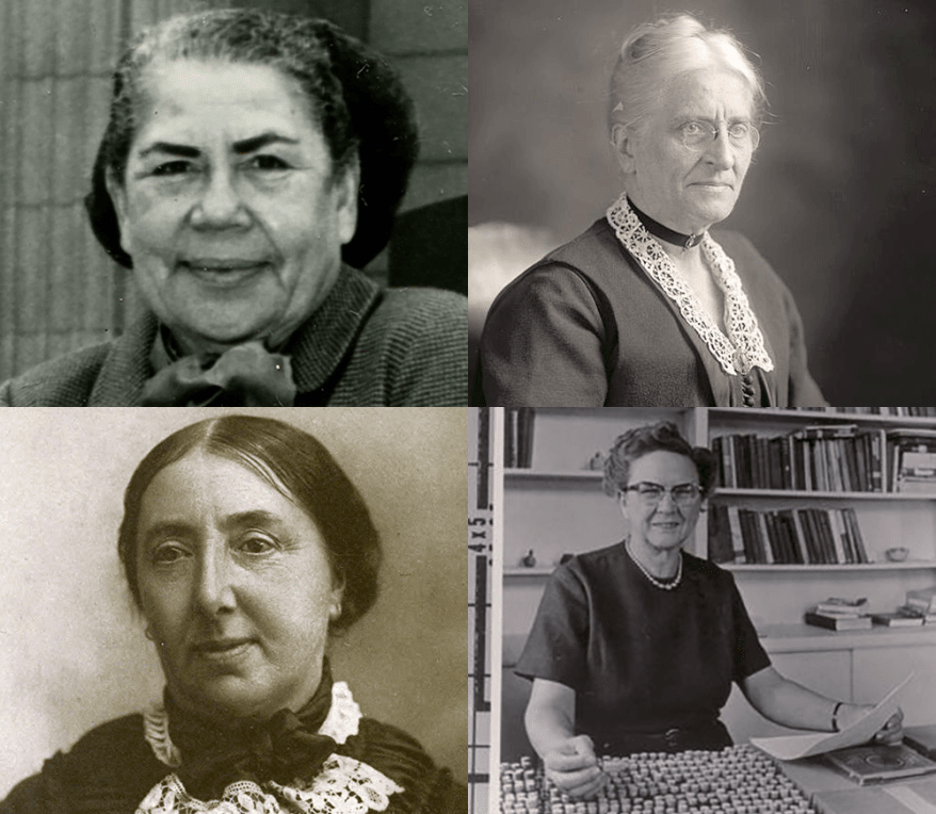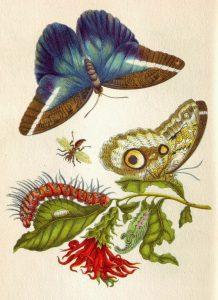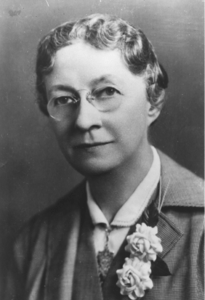Hello Avid readers! Thank you for coming back. We have a real treat for you this month as it is Women in History Month. Have you wondered when or how women have impacted integrated pest management (IPM)? Do you know how women have contributed to public health or structural pest management? Thousands of women have made significant contributions to IPM whether they be agricultural, ecological, biological, or chemical. Today let’s learn about a few of them!
As we are nearing the end of the month it is likely you’ve read some articles here or there about some of the amazing contributions women have made to science. I wanted to use my blog this week to note some of those great pieces, in case you missed them, and add on a few of my own.
Mothers of Entomology
First, I would like to draw your attention to “The Mothers of Entomological History: Reflecting on Who We Honor and How We Do It” in Entomology Today. We’ve often heard male scientists referred to as “The Father of” and then their field. Entomology Today chose to honor women in entomology by creating titles for women who have historically contributed to different areas of entomology. These women have inspired future generations of entomologists to excel. Check out the full article linked above to learn their stories.

Another notable woman in entomology is, Maria Sybilla Merian, who has been referred to as the “mother of entomology”. Maria was an insect and plant enthusiast living in a time when women didn’t have anywhere near the opportunities women have today. She created outstanding works of art depicting insect and plant life cycles. Read more about Maria here

Women in Agriculture

The USDA has also made a collection of outstanding women in history who have made contributions to their fields related to agriculture. These women contributed in vital ways that have allowed us to grow, disburse, and protect our food supply from pests. For example, Harriet Williams Russell Strong pioneered new methods in water conservation. She never even had a formal education! Dr. Evangelina Villegas was a chemist who improved the nutrition level of maize, corn, improving the lives of people in developing nations. Without these advances, we would not have the same level of ability to feed our growing population. Leave it to women to feed the world! Read their individual stories here
Women at UF
Now I want to note some women working with pest management at UF who are making history! Dr. Carey Minteer is an entomologist working at the UF IRREC. Her focus has been on the biological control of invasive weeds such as Brazilian Peppertree. Dr. Minteer has worked collaboratively with a large number of organizations and made remarkable advances in weed biocontrol. During her time as a professor, she has also been a mentor to many young aspiring scientists.
Dr. Faith Oi is also an entomologist working with structural or urban pests. Her research focus has been on termites. As a professor with an extension appointment Dr. Oi has developed the Pest Management University (PMU). Here members of the pest control community can receive training vital to successful integrated pest management (IPM) in their area of pest control.
Finally, Dr. Candice Prince at the Center for Invasive and Aquatic Plants (CAIP) is also turning heads. Dr. Prince is noteworthy as one of the youngest women to hold a faculty position with CAIP. There are very few women in agronomy at all and Dr. Prince is making way for future female scientists to follow. She not only does extensive research but also teaches three courses for UF undergraduate and graduate students.
Summary
Women’s History Month started as women’s history week: “From the first settlers who came to our shores, from the first American Indian families who befriended them, men and women have worked together to build this nation. Too often the women were unsung and sometimes their contributions went unnoticed. But the achievements, leadership, courage, strength and love of the women who built America was as vital as that of the men whose names we know so well.” – President Jimmy Carter’s Message designating March 2-8, 1980 as National Women’s History Week
Thank you for returning today to celebrate an important month in the US where we recognize, as President Carter did, the contributions women have made to their fields and society in general. I enjoyed learning as I wrote this article and I hope you did too. I’m proud to be a woman of science!
Source: UF/IFAS Pest Alert
Note: All images and contents are the property of UF/IFAS.



